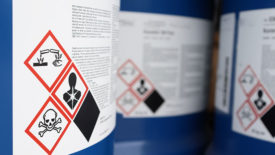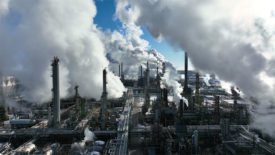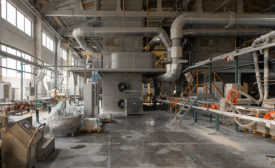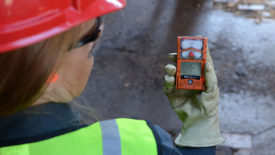Industrial Hygiene
No. 3 in the Top 10 most frequently penalized OSHA standards for FY 2022
Read More
2022 Top 10 OSHA Violations: Hazard communication standard, general industry
No. 2 in the Top 10 most frequently penalized OSHA standards for FY 2022
February 14, 2023
Don’t let safety slip through the cracks
Leak detection and repair crucial maintenance practices
February 10, 2023
Don’t let your equipment leave you in the cold
Gas detection can be challenging when the weather turns frigid
December 19, 2022
Connecting workers to cleaner air
How to control contaminants and utilize PPE to reduce risk
October 18, 2022
Become a Leader in Safety Culture
Build your knowledge with ISHN, covering key safety, health and industrial hygiene news, products, and trends.
JOIN TODAYCopyright ©2025. All Rights Reserved BNP Media.
Design, CMS, Hosting & Web Development :: ePublishing








